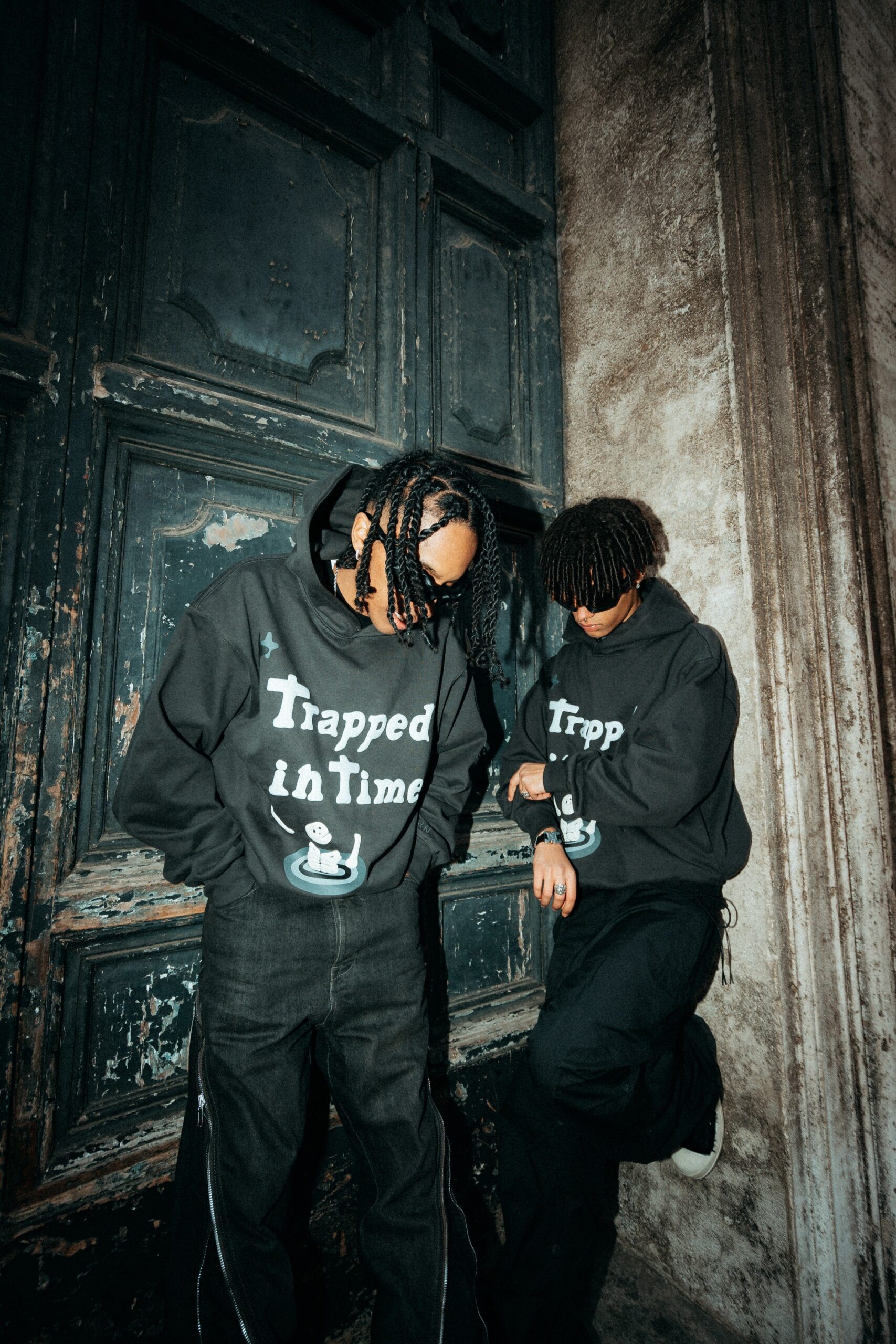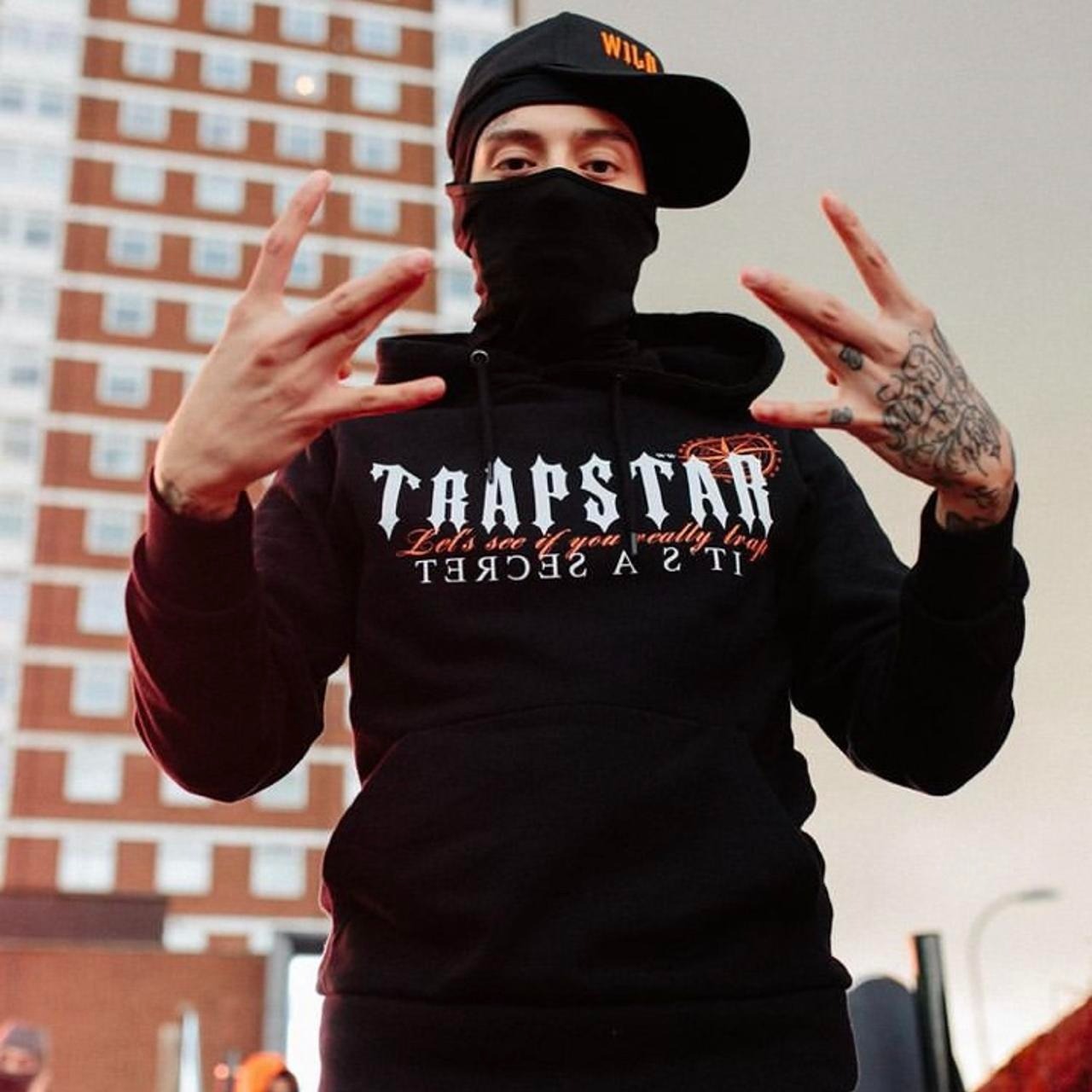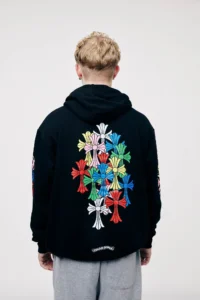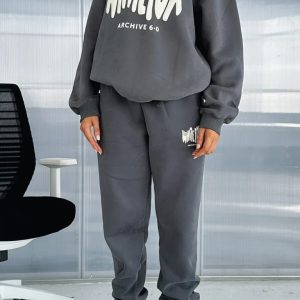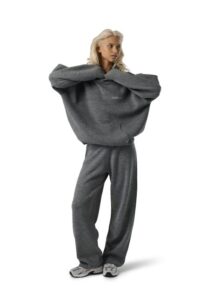The Art of Perfect Embroidery Digitizing on Hats
Embroidery on hats is a fantastic way to add personality, branding, or flair to headwear. Whether you’re a small business owner, a hobbyist, or a professional embroiderer, mastering the art of embroidery digitizing for hats can set your work apart. Unlike flat surfaces, hats present unique challenges due to their curved shape, structured materials, and limited stitching space. In this guide, we’ll dive into the ins and outs of perfecting embroidery digitizing on hats, offering practical tips and insights to help you create stunning designs with a casual, approachable vibe.
What Is Embroidery Digitizing?
Embroidery digitizing is the process of converting artwork or designs into a digital file that an embroidery machine can read. Think of it as translating a picture into a language of stitches. The machine uses this file to guide its needle, creating precise patterns on fabric. When it comes to hats, digitizing requires extra care to account for their unique structure—curved crowns, stiff bills, and tricky seams.
A well-digitized design ensures clean lines, vibrant colors, and durability, even on a hat’s challenging surface. Poor digitizing, on the other hand, can lead to misaligned stitches, puckering, or designs that just don’t pop. Let’s explore how to nail it every time.
Why Hats Are a Unique Challenge
Hats aren’t your average embroidery surface. Their curved shape and structured materials, like twill, cotton, or polyester blends, make them trickier than flat fabrics like T-shirts. Here’s why:
- Curved Surface: The crown of a hat curves, which can distort designs if not digitized properly.
- Small Embroidery Area: Most hats have a limited space for designs, typically 2.5 to 3 inches tall and 4 to 6 inches wide.
- Seams and Layers: Hats often have center seams or multiple layers, which can interfere with stitching.
- Hooping Challenges: Securing a hat in an embroidery hoop requires specialized equipment to keep it stable.
Understanding these challenges is the first step to creating flawless hat embroidery. Now, let’s get into the nitty-gritty of digitizing for hats.
Choosing the Right Design for Hat Embroidery
Not every design works well on a hat. Complex logos with tiny details or intricate patterns can look messy when scaled down to fit the small embroidery area. Here’s how to pick or tweak a design for success:
Keep It Simple
Bold, clean designs shine on hats. Avoid overly detailed artwork with fine lines or small text, as these can blur or clump during stitching. For example, a logo with block letters or a simple graphic, like a star or animal outline, works better than a script font with flourishes.
Size Matters
Stick to the hat’s embroidery area—typically 2.5 to 3 inches high and 4 to 6 inches wide. Measure your design to fit within these constraints. If the logo is too large, scale it down proportionally or simplify elements to maintain clarity.
Consider Placement
Most hat embroidery goes on the front panel, but you can also embroider on the side, back, or even the bill. Each placement has its own challenges. For instance, front-panel designs need to account for the center seam, while side designs may wrap around the curve. Plan your design’s placement early to avoid surprises.
Tools and Software for Digitizing
To digitize for hats, you’ll need the right tools. A good embroidery digitizing software is your best friend. Popular options include:
- Wilcom EmbroideryStudio: A professional-grade tool with robust features for precise control.
- Hatch Embroidery: User-friendly for beginners and pros alike, with hat-specific templates.
- Brother PE-Design: Affordable and great for hobbyists.
- Bernina ArtLink: Free and basic, perfect for simple projects.
These programs let you import artwork, adjust stitch types, and fine-tune settings for hats. You’ll also need an embroidery machine with a hat hoop attachment, which holds the hat securely during stitching.
Step-by-Step Guide to Digitizing for Hats
Ready to digitize? Follow these steps to create a hat-ready embroidery file that’s crisp, clean, and professional.
1. Import and Analyze Your Design
Start by importing your artwork (JPEG, PNG, or vector files like AI or EPS) into your digitizing software. Analyze the design for elements that might not translate well to embroidery, like thin lines or complex gradients. Simplify where needed.
2. Set the Embroidery Area
Define the embroidery area based on your hat’s dimensions. Most software has preset templates for hats, but double-check the size (e.g., 2.5” x 4”). Center the design to avoid the crown’s seam, which can cause misalignment.
3. Choose Stitch Types
Different stitch types serve different purposes. For hats, these are the go-to options:
- Satin Stitches: Ideal for text and borders, giving a smooth, shiny look. Keep stitch width between 1-4mm to avoid puckering.
- Fill Stitches: Perfect for larger areas, like logos or shapes. Use a low-density fill to reduce bulk on thick hat fabrics.
- Running Stitches: Great for outlines or fine details, but use sparingly to avoid thread breaks.
Hats require fewer stitches than flat fabrics because of their thickness. Aim for a stitch density of 0.4-0.5mm to prevent puckering or fabric damage.
4. Adjust for the Hat’s Curve
The curve of a hat can distort designs, especially text or logos that span the crown. To compensate, use your software’s “arc” or “curve” tool to slightly bend the design, mimicking the hat’s shape. This ensures the stitches lay flat and look natural.
5. Add Underlay Stitches
Underlay stitches are the foundation of your design, stabilizing the fabric before the main stitches go down. For hats, use a zigzag or edge-walk underlay to secure the design on thick materials. This prevents shifting and keeps the design crisp.
6. Sequence Your Stitches
Plan the order of your stitches to minimize thread changes and jumps. Start with underlay, then fill stitches, and finish with satin or outline stitches. Proper sequencing reduces machine time and improves the final look.
7. Test and Tweak
Always run a test stitch-out on a similar fabric or an old hat. Check for puckering, misalignment, or thread breaks. If something’s off, tweak the stitch density, pull compensation (to account for fabric stretch), or design size in your software.
Hooping and Embroidering the Hat
Once your design is digitized, it’s time to embroider. Hooping a hat correctly is critical for clean results. Here’s how:
- Use a Hat Hoop: Invest in a cap frame or hoop attachment for your embroidery machine. These hold the hat firmly without distorting its shape.
- Stabilize the Fabric: Use a cut-away stabilizer for structured hats like baseball caps. It stays in place after stitching, providing long-term support. For stretchy or unstructured hats, a tear-away stabilizer might work, but test first.
- Secure the Hat: Tighten the hoop to prevent movement, but don’t overstretch the fabric, as this can cause puckering.
- Check Alignment: Ensure the design is centered and aligned with the hat’s crown or seam. Use a marking tool or laser guide if your machine has one.
Start the machine and keep an eye on the process. If you notice thread breaks or shifting, stop and adjust.
Common Mistakes to Avoid
Even seasoned embroiderers make mistakes. Here are some pitfalls to dodge:
- Overloading Details: Too many small elements in a design can look cluttered on a hat. Simplify for clarity.
- Ignoring Fabric Type: Heavy stitches on lightweight hats can cause puckering. Match stitch density to the material.
- Skipping Test Runs: Always test your design before stitching on the final hat. It saves time and materials.
- Poor Hooping: A loose or misaligned hoop leads to wonky designs. Double-check before starting.
Tips for Stunning Hat Embroidery
Want your hats to stand out? Try these pro tips:
- Use High-Quality Threads: Polyester threads are durable and vibrant, perfect for hats exposed to sun and sweat.
- Incorporate 3D Puff Embroidery: For bold designs, use foam underlay to create a raised, 3D effect. Just ensure your machine and design support it.
- Mix Textures: Combine satin and fill stitches for a dynamic look. For example, use satin for text and fill for a logo’s background.
- Experiment with Placement: Side or back embroidery can add a unique touch, especially for minimalist designs.
Maintaining Your Embroidered Hats
To keep your embroidered hats looking fresh, follow these care tips:
- Wash Gently: Hand-wash or use a delicate cycle to avoid damaging stitches.
- Air Dry: Avoid dryers, as heat can shrink the hat or loosen threads.
- Store Properly: Keep hats in a cool, dry place to prevent fading or mildew.
Why Perfect Digitizing Matters
Perfect embroidery digitizing on hats isn’t just about aesthetics—it’s about durability and professionalism. A well-digitized design withstands wear and tear, maintains its shape, and showcases your brand or creativity. Whether you’re embroidering for a client, a team, or your own Etsy shop, quality digitizing builds trust and sets you apart in a competitive market.
Final Thoughts
Mastering embroidery digitizing for hats takes practice, but with the right tools, techniques, and mindset, you can create head-turning designs. Focus on simple, bold artwork, use the right stitch types, and always test your work. With these tips, you’re well on your way to crafting hats that look professional and feel personal. So grab your digitizing software, hoop up a cap, and start stitching your masterpiece!

